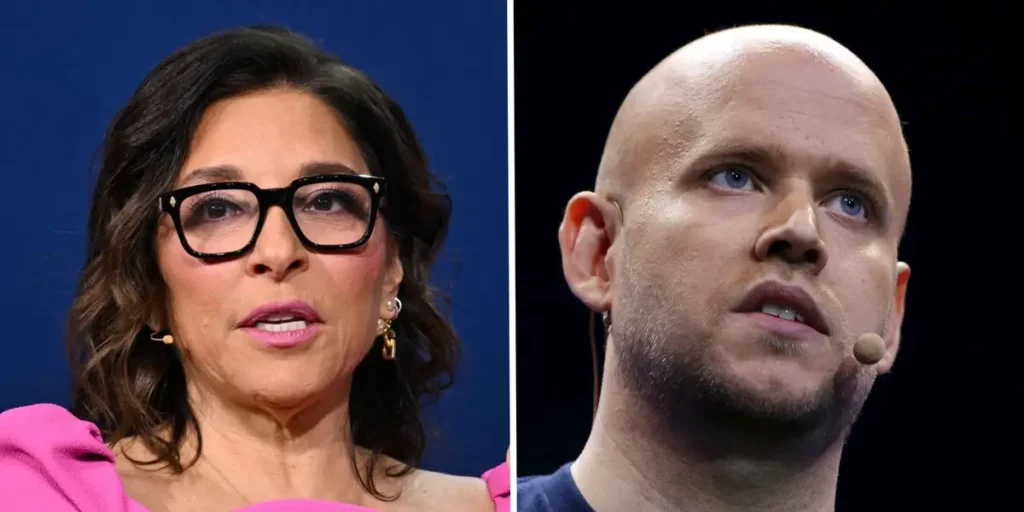You might be hugging your job, but the big boss — not so much.
CEO departures across corporate America remain at record levels, while many everyday workers are clinging to their roles as they face a cooling job market, anxiety over AI, and a resurgent no-nonsense management style.
The result is a corporate split screen: CEOs can generally roll out and land on their feet, while workers feel stuck, said Richard Smith, a professor at the Johns Hopkins Carey Business School.
Unlike many rank-and-file employees who rely on regular paychecks and fear layoffs, erstwhile CEOs often have a financial cushion. That means they don’t have to worry if they go a year or two without working, he said.
“As the old saying goes, it’s good to be at the top,” Smith told Business Insider.
Leaders are feeling better than workers
Whether it’s worries about job security or just a painful hangover from the role-swapping frenzy of the Great Resignation, metrics like worker engagement and well-being are down.
Smith, who runs the Human Capital Development Lab at Johns Hopkins, has surveyed US employees annually since 2019 and, in newly tabulated data from 2024 involving more than 1.3 million workers, found that managers and senior leaders reported greater rates of well-being than the average employee.
That’s a reversal, he said, from the early days of the pandemic, when managers reported lower well-being than workers as leaders were fretting over challenges like running remote teams.
‘I can’t make a move right now’
Smith said many workers are now grappling with quality-of-life concerns, such as return-to-office mandates. In other cases, some employees are feeling threatened by AI or otherwise sensing that employers’ demands for their skills are softening. For many workers, he said, it’s leading to a sense of, “I can’t make a move right now.”
CEOs, for various reasons, don’t appear to be as constrained.
By the end of September, 1,650 CEOs at US companies had departed, reports Challenger, Gray & Christmas. The 2025 exits are in line with 2024, which saw the highest annual level since the staffing and coaching firm began tracking CEO turnover in 2002.
Some of the chiefs making moves have high profiles. Linda Yaccarino, who had been running X, stepped down in July. And Spotify’s cofounder and CEO, Daniel Ek, plans to become executive chairman of the streaming service in January. On Friday, Walmart CEO Doug McMillon, 59, said he would retire in January after about a decade in the role.
CEOs’ tenures are also getting shorter. Departing chiefs had been on the job 7.2 years as of the third quarter, less than the average of 8.4 years in 2021 and 2023, the leadership advisory firm Russell Reynolds Associates found.
Reasons to bounce
Not all CEOs give up their jobs because they want to, of course. Boards can be quick to oust underperformers because directors are under a lot of pressure from shareholders, Jesse Fried, a professor at Harvard Law School, told Business Insider.
The third quarter of 2025 saw record levels of global shareholder activism, Barclays reports.
Broadly, CEOs have more things to juggle than leaders did decades ago, Fried said.
“The environment has become much more dynamic, which makes their job harder,” he said.
The exits come as those in the corner office are also generally getting paid more — a development that Berkshire Hathaway’s Warren Buffett assailed on Monday in a letter to shareholders.
CEOs earned a median of 176.7 times what their typical employee made in 2020, rising to 194.5 times in 2024, the data firm Equilar found.
Regardless, hefty pay packages can give CEOs a big cushion to fall back on if they get the boot — or simply get antsy.
In many cases, Fried said, “If they never want to work again, they can do that.”
Do you have a story to share about your career? Contact this reporter at [email protected].


